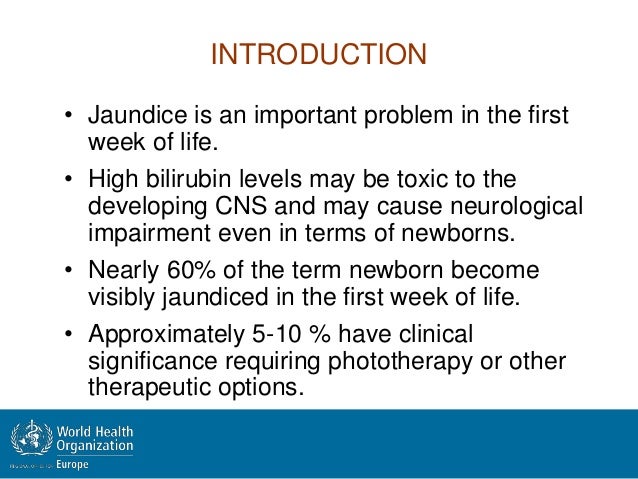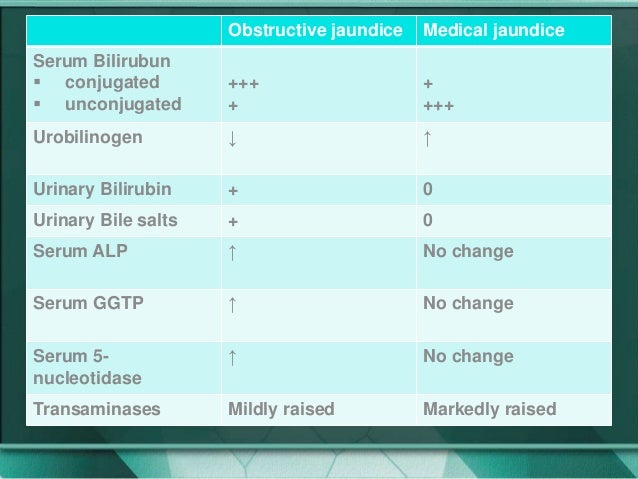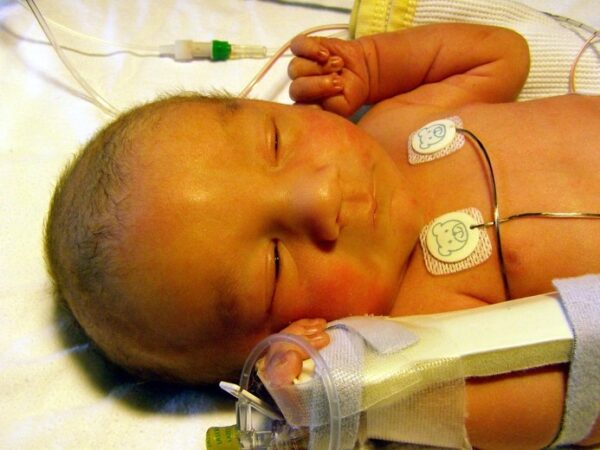

Raised in biliary obstruction (as well as bone disease, during pregnancy, and certain malignancies) Quantify degree of any suspected jaundice Specialist blood tests, as summarised below as part of a liver screen.FBC (anaemia, raised MCV, and thrombocytopenia all seen in liver disease) and U&Es.Coagulation studies (PT can be used as a marker of liver synthesis function).Liver function tests (LFTs), as summarised in Table 2.Laboratory TestsĪny patient presenting with jaundice should have the following bloods taken: Hence, whilst a complete list of investigations is given below, these should be tailored to the clinical features of the patient. In many cases, the likely underlying cause can be elicited from the history, with the investigations simply confirming suspicions. Table 1 – Potential Causes for Jaundice, divided into pre-hepatic, hepatocellular, and post-hepatic Extra-mural causes, such as pancreatic cancer or abdominal masses (e.g.

Mural causes, such as cholangiocarcinoma, strictures, or drug-induced cholestasis.Intra-luminal causes, such as gallstones.Primary biliary cirrhosis or primary sclerosing cholangitis.The bilirubin that is not excreted will have been conjugated by the liver, hence the result is a conjugated hyperbilirubinaemia. Post-hepatic jaundice refers to obstruction of biliary drainage. This leads to both unconjugated and conjugated bilirubin in the blood, termed a ‘mixed picture’. The liver loses the ability to conjugate bilirubin, but in cases where it also may become cirrhotic, it compresses the intra-hepatic portions of the biliary tree to cause a degree of obstruction. In hepatocellular (or intrahepatic) jaundice, there is dysfunction of the hepatic cells. This causes an unconjugated hyperbilirubinaemia.Īny bilirubin that manages to become conjugated will be excreted normally, yet it is the unconjugated bilirubin that remains in the blood stream to cause the jaundice. In pre-hepatic jaundice, there is excessive red cell breakdown which overwhelms the liver’s ability to conjugate bilirubin. There are three main types of jaundice: pre-hepatic, hepatocellular, and post-hepatic.

By Johndheathcote, via Wikimedia Commonsįigure 2 – Bilirubin is produced as a byproduct of haem metabolism Types of Jaundice


 0 kommentar(er)
0 kommentar(er)
